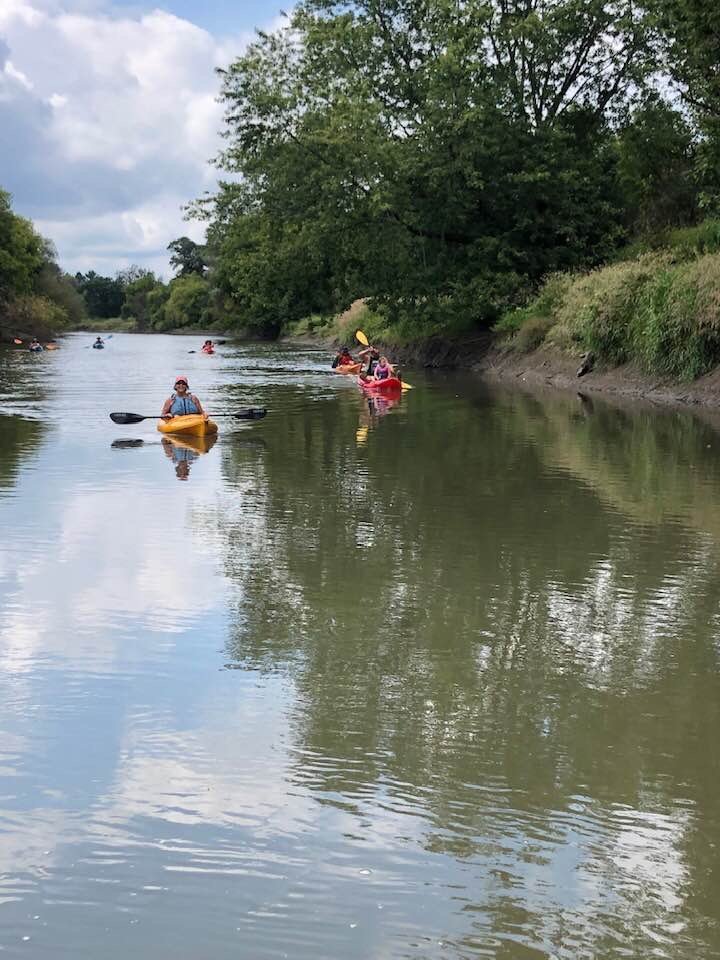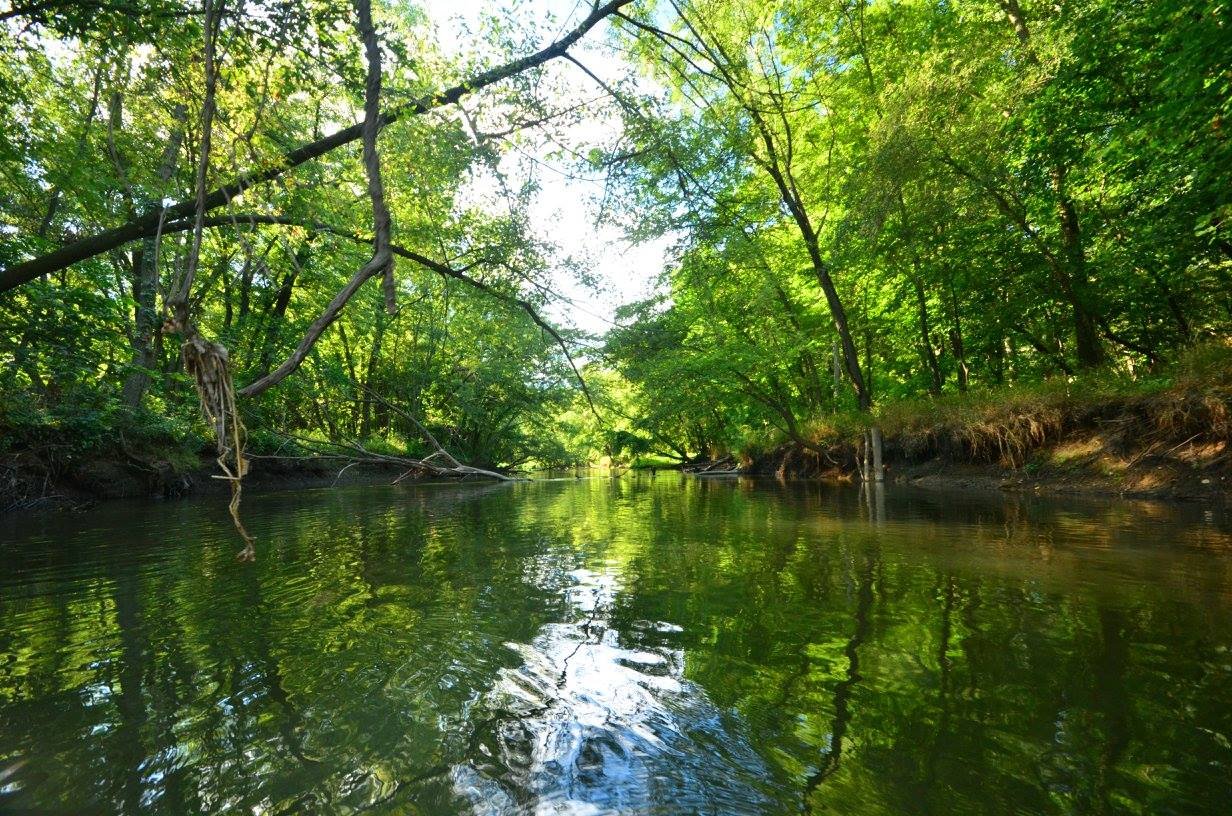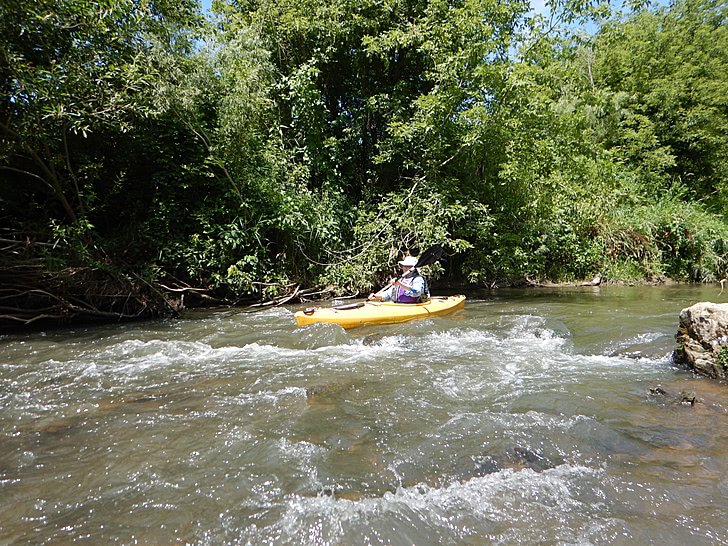The Baraboo River is a 120-mile-long river located in central Wisconsin, United States. The river is known for its scenic beauty and has played an important role in the history of the area.
The Baraboo River was formed during the last Ice Age, as glaciers retreated from the area about 12,000 years ago. As the glaciers melted, they left behind debris that created a valley that eventually filled with water, forming the Baraboo River.
Indigenous Peoples, including the Ho-Chunk and the Sauk, lived along the Baraboo River for centuries before the arrival of European settlers. These tribes used the river for transportation, fishing, and farming.
In the 1800s, European settlers began to use the Baraboo River for logging and milling. The river's fast-moving water was ideal for powering sawmills and gristmills. As a result, numerous settlements sprung up along the river, including the city of Baraboo, which was named after the river.
During the early 1900s, the Baraboo River became a popular destination for recreation. People would come to the river to swim, boat, and fish. In the 1930s, the Civilian Conservation Corps built several parks along the river, including Devil's Lake State Park, which is now one of Wisconsin's most popular state parks.
Today, the Baraboo River is still used for recreation, but it is also a vital part of the area's ecology. The river supports a variety of fish species, including trout and bass, and is home to a number of bird species. It is also an important source of water for local communities and agriculture.
The Baraboo River
A Cultural History
Presentation by Paul Wolter and the Sauk County Historical Society







